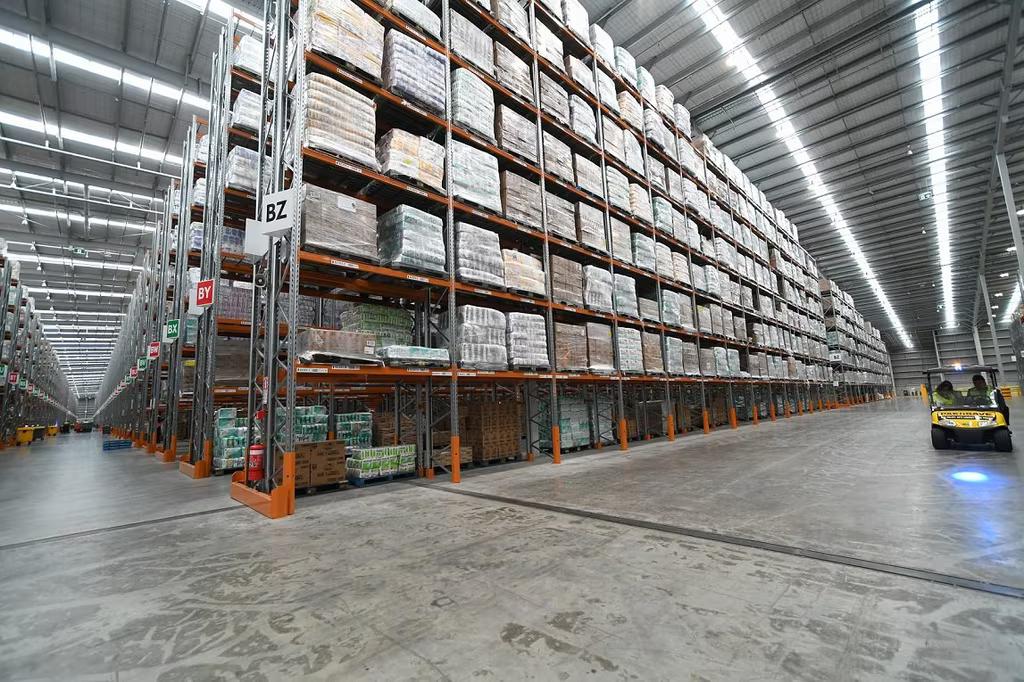
Media Release: Cost increases from grocery suppliers to supermarkets rise 9.2% in September
Cost increases from grocery suppliers to supermarkets have risen further in September as suppliers face sustained increases in input costs. The Infometrics-Foodstuffs New Zealand Grocery Supplier Cost Index (GSCI) shows a 9.2%pa rise in September 2022, which will maintain pressure on retail supermarket prices.
The Infometrics-Foodstuffs New Zealand Grocery Supplier Cost Index (GSCI) measures the change in the cost of grocery goods charged by suppliers to the Foodstuffs North and South Island cooperatives. The Index utilises detailed Foodstuffs NZ data across over 60,000 products Foodstuffs buys to stock in store, making it the largest dataset of its type in New Zealand, to give a real time view on supplier cost changes.
“Every month, the Index tracks what it costs supermarkets to buy the goods to put on the shelf,” says Infometrics Principal Economist and Director Brad Olsen. Previous analysis shows that supplier costs are the major component of supermarket prices, representing two-thirds of the on-shelf price.
“The September 2022 index shows sustained larger cost increases with more costs going up to a greater degree. In September 2022 the cost of over 5,400 products went up - almost double the number of products which had a cost increase in September 2019, at 2,768.
This September, 80% of changes in the cost of goods sold by suppliers to supermarkets were to a higher cost, compared to 62% in September 2019. Cost increases of above 40% accounted for 3.0% of September 2022 changes, compared to 1.6% in September 2019.
There’s a broadening in supplier cost increases apparent as general merchandise cost rises accelerate. September saw all departments again record annual cost increases from suppliers. Importantly, general merchandise supplier cost increases have now risen 9.4% over the last year, moving into third place in terms of largest annual increases, behind produce (up almost 20%pa) and butchery (up over 10%),” says Mr Olsen.
Previous trends of falling fuel and international food prices have not been maintained, with prices now stabilising at elevated levels. Diesel prices remained 58% higher than a year ago at the end of September and have stayed steady at just over $2.60/L in recent weeks – a level that will keep pressure on input costs.
“Recent falls in the exchange rate will put further pressure on the cost of imported goods, with the New Zealand dollar falling 6.5% against the US dollar in September and a total of 18% over the last six months. Current data still shows sustained supplier cost pressures, with input cost inflation still considerably elevated, which will maintain pressure on domestic supermarket pricing.”
ENDS
Note:
The Infometrics-Foodstuffs New Zealand Grocery Supplier Cost Index (GSCI) measures the change in the cost of grocery goods charged by suppliers to the Foodstuffs North and South Island cooperatives.
The Index utilises detailed Foodstuffs NZ data, across over 60,000 products, analysed by independent economics consultancy Infometrics to produce the GSCI and publish it on a monthly basis. For more details see www.infometrics.co.nz/product/grocery-supplier-cost-index.








